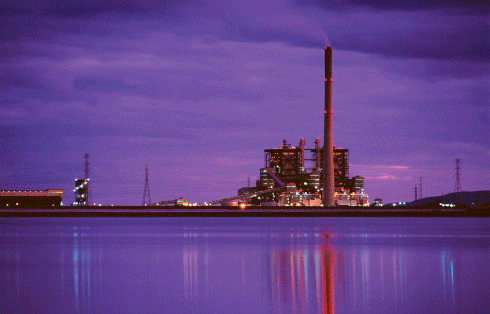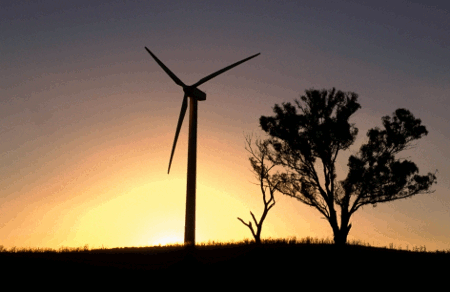
|
Published: 12 September 2011
Environmental bankers helping with environmental and social risk
A new Risk Committee within the Environmental Bankers Association of Australasia (EBAA) is focusing the organisation’s advice to financial institutions on how they can address environmental and social issues when financing high-risk or sensitive industries.
The member-based association represents the interests of organisations involved in the banking and finance sector and is working to improve approaches to managing the environmental and financial risks posed by some industries. This includes giving guidance on how and why financial institutions should carry out environmental and social investigations, and providing reference materials to help assess the environmental and social aspects of a transaction or customer.
The right approaches can help institutions find and develop new product opportunities, and also enable their customers to better manage any environment and social-related risks.
The Risk Committee includes representatives from NAB, ANZ, GE Capital, legal firm Minter Ellison, and environmental remediation consultancy firm OTEK Australia. It is focusing work on how financial institutions can best assist clients in sensitive industries, while still managing their own risks.
With the carbon pricing legislation as background consideration, the committee has seen a significant need for the finance industry to work together, and with environmental experts, to help establish an effective financing framework that will deliver benefits for companies in high risk sectors, for the environment and for financial institutions generally. It sees the four most important risks to address as Credit Risk, Property Risk, Regulatory Risk and Compliance Risk.
Chairperson of the Risk Committee and GE Capital’s Environmental Risk Programs Leader, Nicole Bradford, says the committee was established ‘to ensure members can learn from the most effective approaches and latest developments in the dynamic environmental risk management and legislative space, to enable them to positively impact their risk profile and that of their clients.’
The EBAA also has an independent advisory panel, headed by Dr Paul Vogel, Chairman of the Environmental Protection Authority Western Australia. He said, ‘As regulators, we welcome the opportunity the EBAA presents to discuss issues with the finance industry to help achieve better outcomes for the environment and the community, as well as industry and financial institutions.’
The EBAA’s CEO, Grant Scott, says the organisation has no lobbying objectives but works to provide practical assistance on members’ and their associated entities’ environmental projects and policies.
Mr Scott said, ‘The advisory panel in particular provides an environment for finance companies to get a deeper understanding of the expectations set by different regulatory regimes in the region.’
Source: Environmental Bankers Association of Australia.




